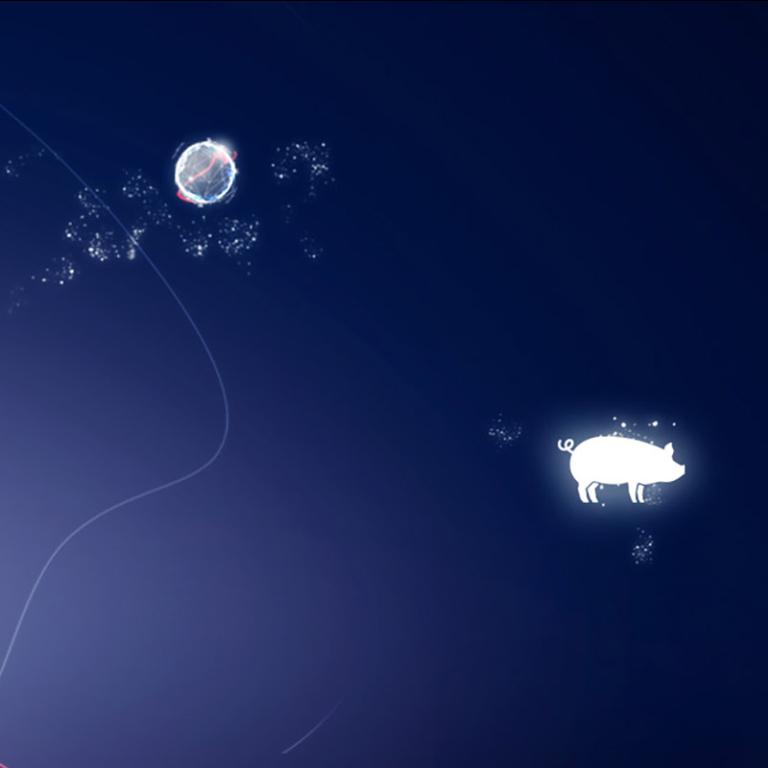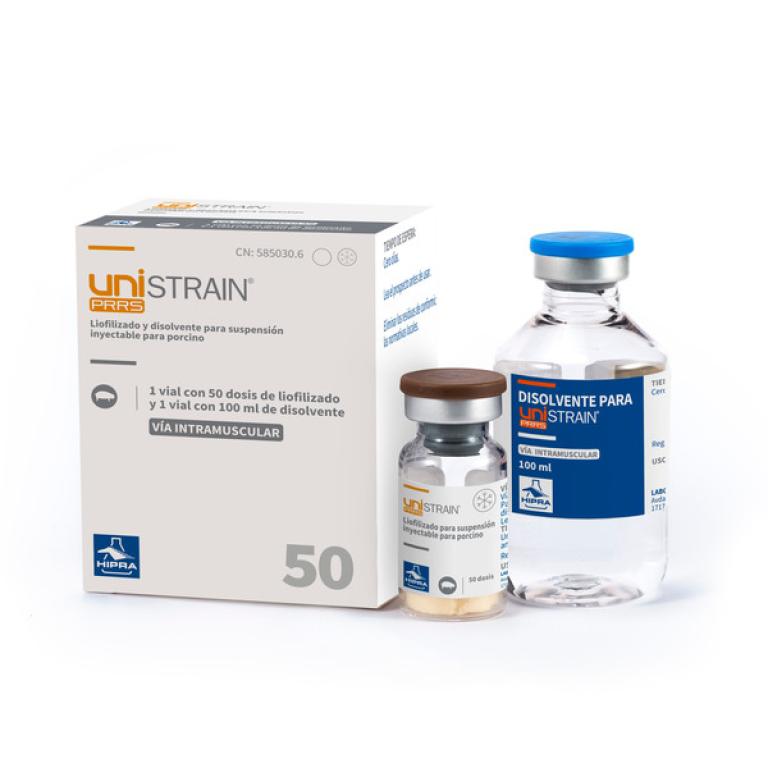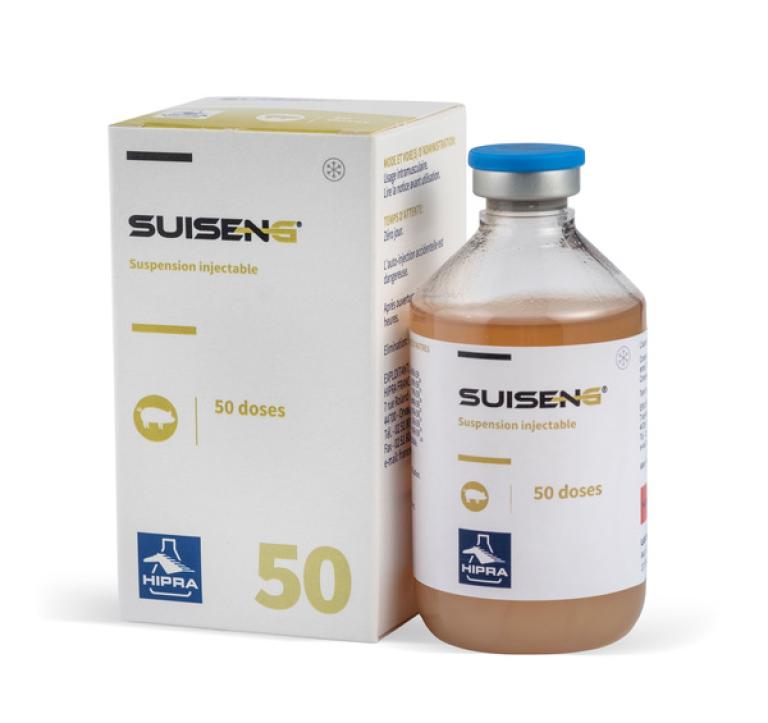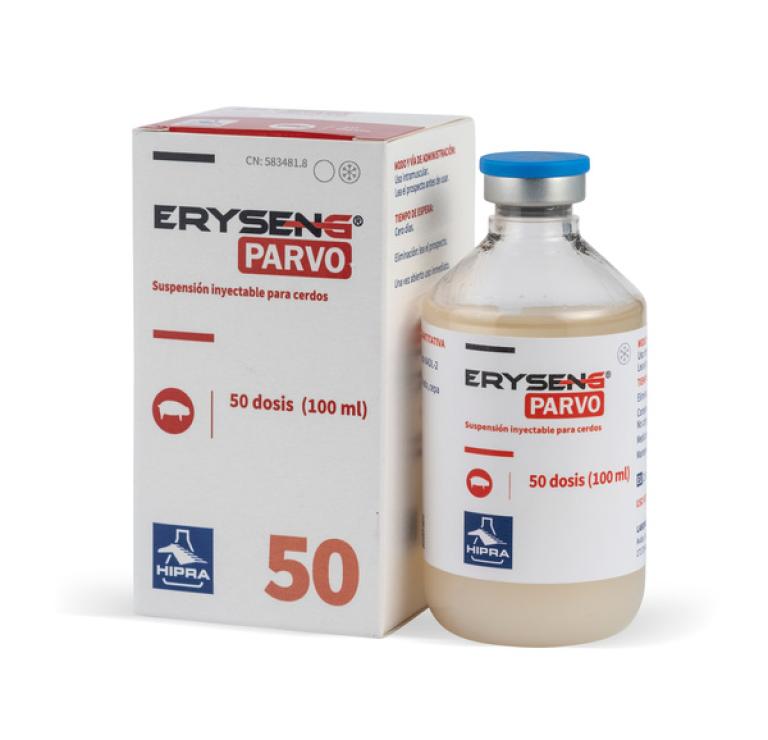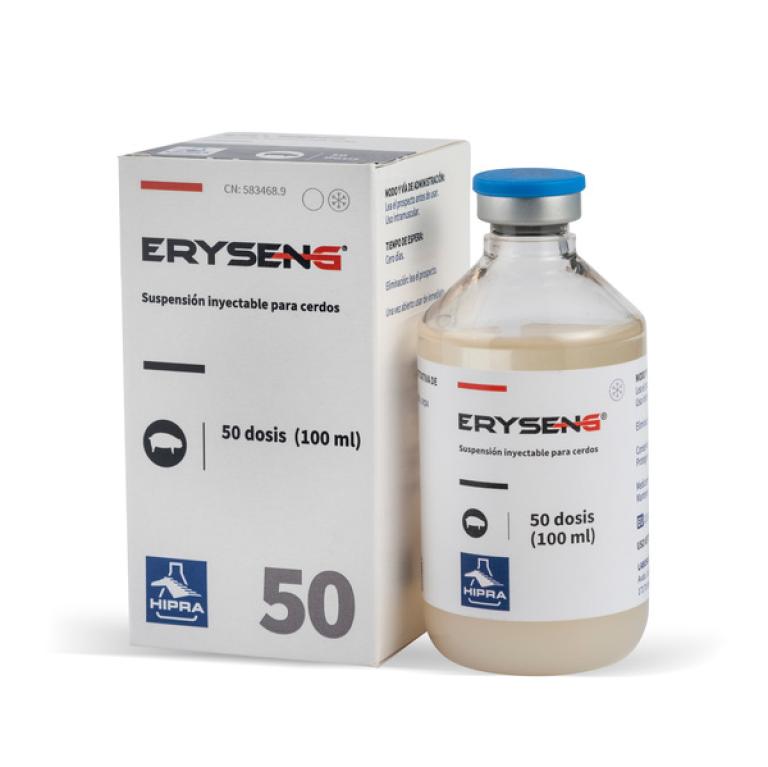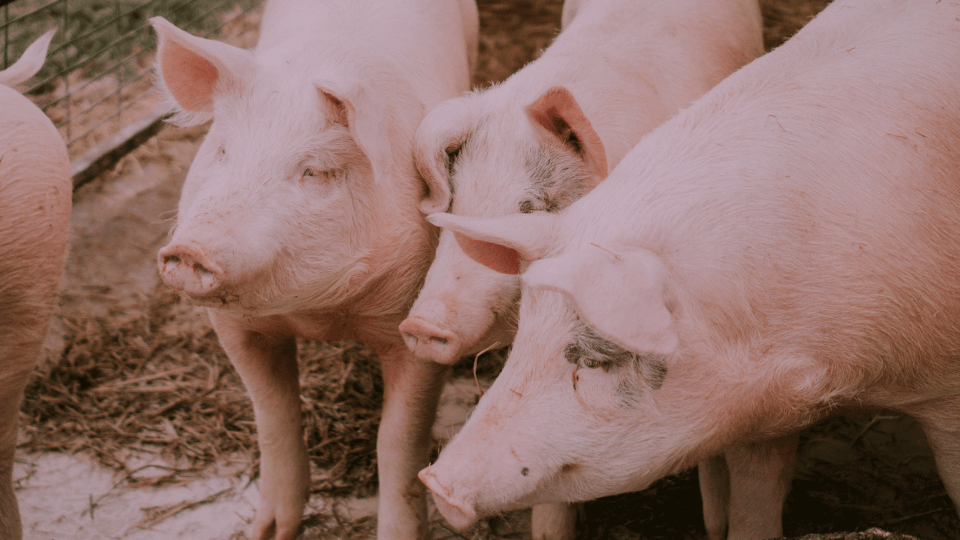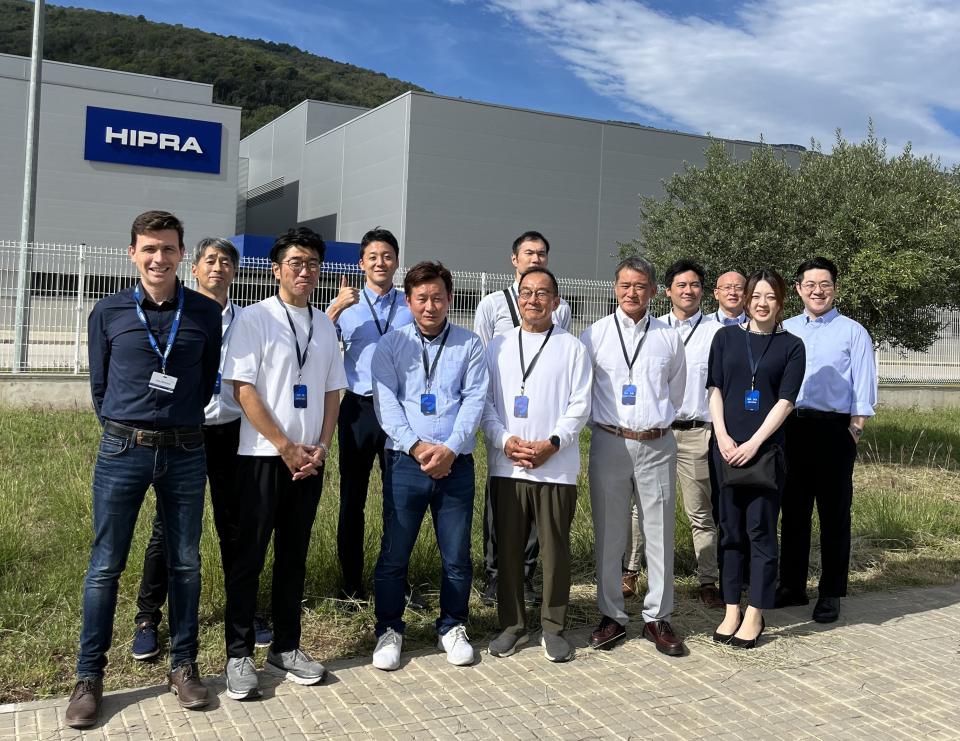Clostridium perfringens type C and Clostridioides difficile are the main enteric clostridial pathogens of swine and are both responsible for neonatal diarrhea in this species. The role of Clostridum perfringes type A is under discussion.
History, clinical signs, gross lesions and histological findings are the basis for a presumptive diagnosis of C. perfringens type C or C. difficile infection. Confirmation is based upon detection of beta toxin of C. perfringens type C or toxin A/B of C. difficile, respectively, in intestinal contents or feces. Isolation of C. perfringens type C and/or C. difficile is highly suggestive of infection by these microorganisms but it is not enough to confirm a diagnosis as they may be found in the intestine of some healthy individuals. Diagnosis of C. perfringens type A- associated diarrhea is more challenging because the diagnostic criteria have not been well defined and the specific role of alpha toxin (encoded by all strains of this microorganism) and beta 2 toxin (produced by some type A strains) is not clear.
The goal of this paper is to describe the main clostridial enteric diseases of piglets, including etiology, epidemiology, pathogenesis, clinical signs, pathology and diagnosis.

